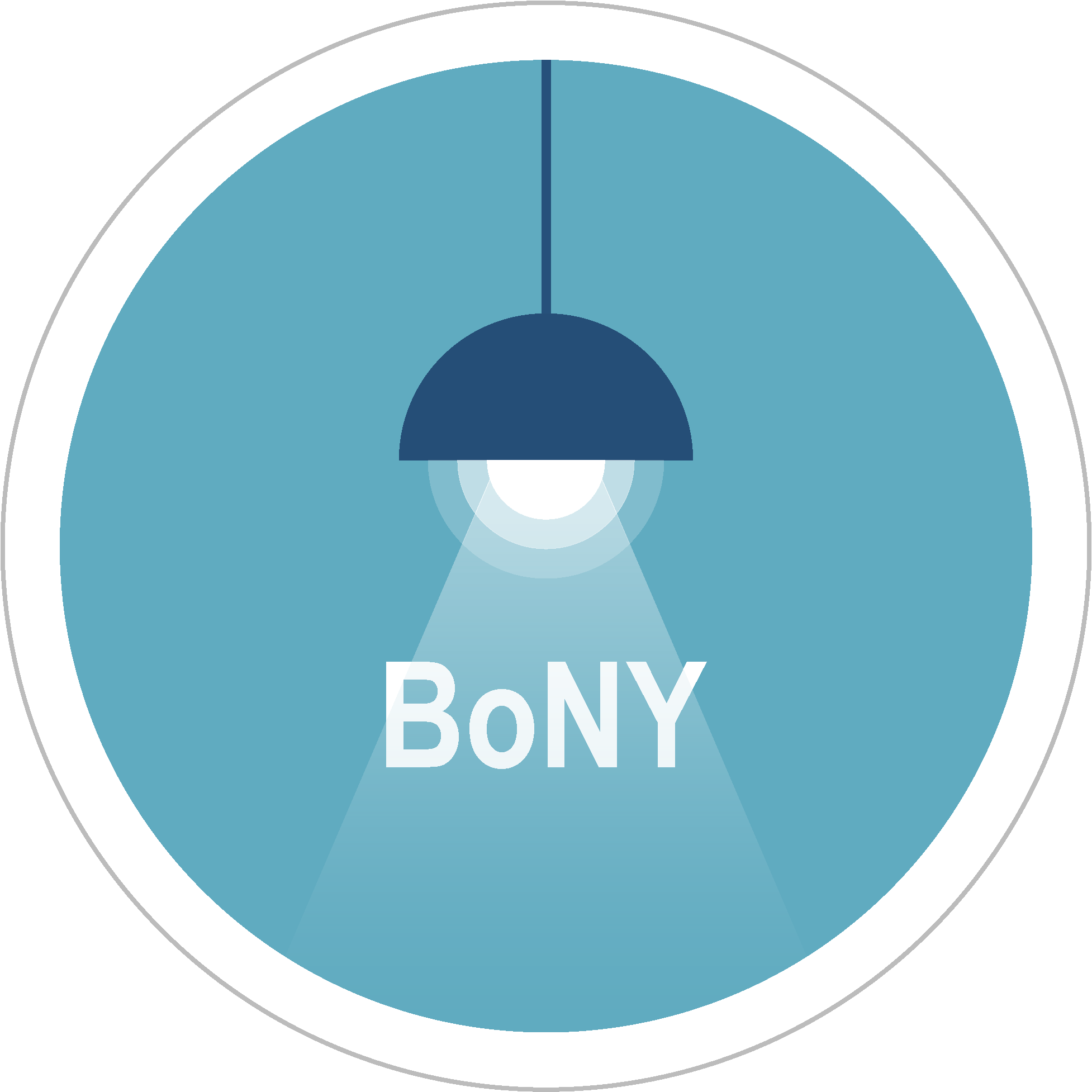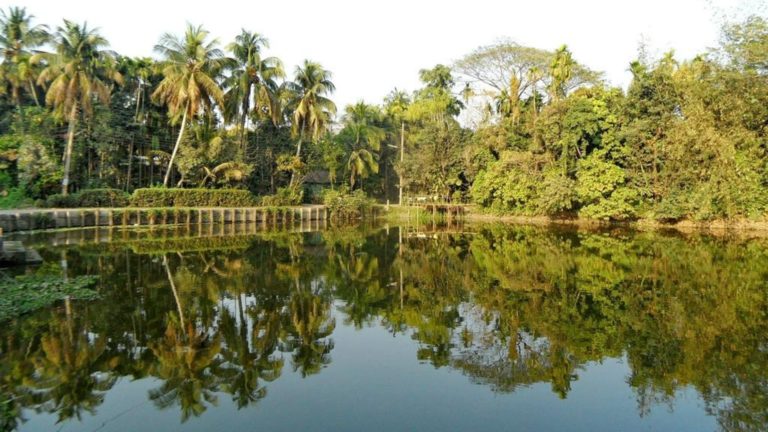
Noakhali is officially called Noakhali Sardar Upazila, and is part of the Noakhali District. The city used to be referred as Noakhali Thana which was established in 1861 and converted into an upazila in 1984.
The city has taken the name from the district and the Bengali word “sadar” (headquarters).
The name Noakhali means “new canal” derived from the Bengali words “noa” (new) and “khal” (canal).
Noakhali city is actually considered a subdistrict of the Noakhali district.
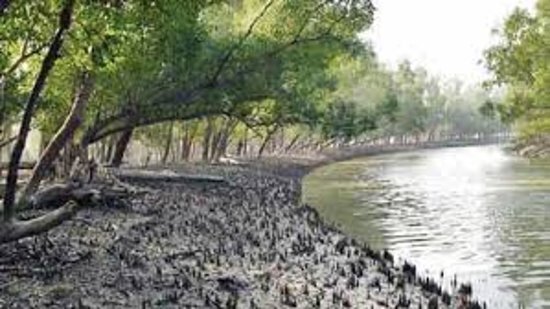
The city is situated on the western bank of the Noakhali Canal, borders Begumganj Upazila to the north, Kabirhat Upazila to the east, Suborno Char Upazila to the south, and Komolnagar and Lakshmipur Sadar upazilas.
Noakhali is connected by road and rail with Comila and by boat with Barisal.
The Noakhali Canal flows through the upazila which was originally dug in 1660 to control flooding.
According to a 2011 census, the city is a population of 525, 934. 12.3% of the population is under the age of 5. And the literacy rate is 51.7% compared to the national average of 51.8%.
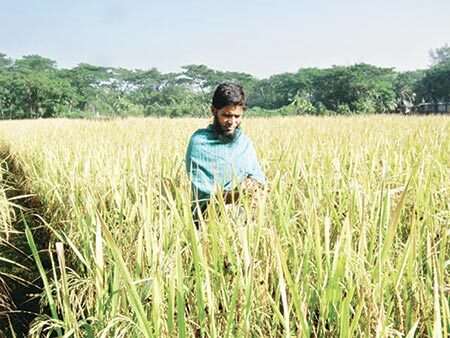
The Noakhali language is Bengali-Assamese based. It’s not only spoken in Noakhali but also to the people of Feni and Lakshmipur. Indian nationals of Tripura also speak the same language.
Noakhli used to be called Sudharam and is considered a port city.
As a port city, the milling of jute, rice, flour, chemical and soap production are the leading industries. Rice, peanuts chilies and sugarcane are among the chief local crops.
The Noakhali district is famous for several places such as Nijhum Dwip, Bazra Shahi Mosque, Queen Luther’s Catholic Church, Gandhi Ashram and Rajganj Mia Bari
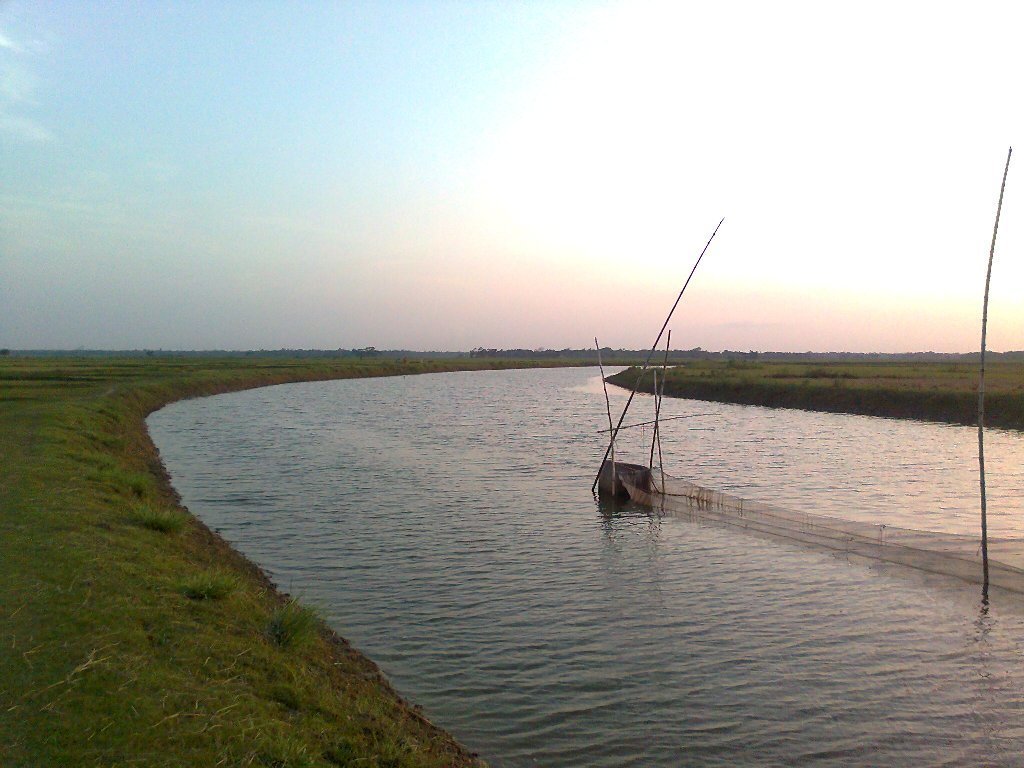
The district was called Bhulua Pargana when the region was part of the Pundra Kingdom.
During the 1660s, the agricultural activities in the region was seriously affected by floodwaters of the Dakatia River which a canal was dug to prevent further floodings. After it was dug, it became known as Noakhali.
In 1876 the Noakhali district was divided into two sub-divisions and considered a municipality
During 1946, regional violence escalated communal tensions throughout British India just before the 1947 partition.

The regional violence was called the Noakhali riots which were a series of semi-organized massacres, rapes, abductions and forced conversions of Hindus to Islam, looting and arson of Hindu properties perpetrated by the Muslim community from October to November 1946.
During 1946, communal tensions in Noakhali started soon after the Great Calcutta Riots between the Muslims and Hindus. Even village poets and balladeers composed anti-Hindu poems and rhymes which they recited loudly in marketplaces and other public gatherings, and heightened tensions even more.
On August 29, the day of Eid al-Fitr, the tension then escalated into violence based on a mere rumor that Hindus had accumulated weapons.
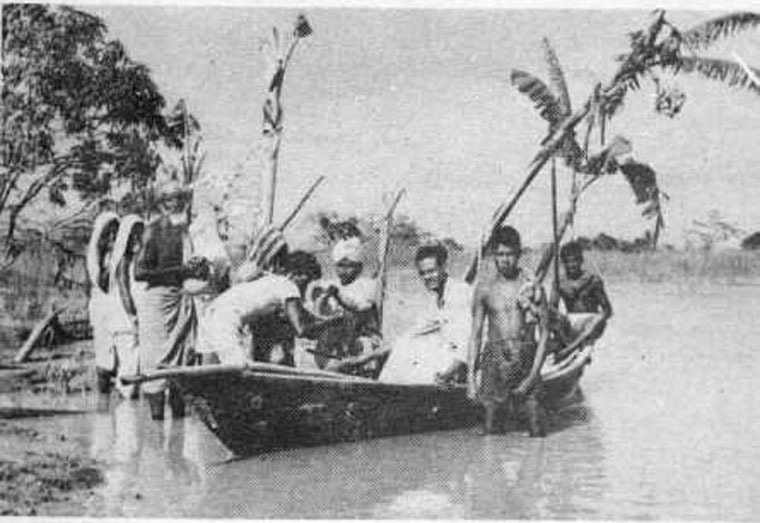
A group of Hindu fishermen were attacked with deadly weapons while fishing in the Feni River. One was killed while two were seriously injured. Another group of
Hindu fishermen were severely assaulted with deadly weapons. A son of a Hindu Congressman was murdered and his brother and servant were assaulted.
Properties of the Hindu families of Kanu Char were looted.

Gholam Sarwar Husseini, the scion of a Muslim pir family lost an election to a Muslim League candidate. After the Calcutta/Kolkata riots he began to deliver provocative speeches inciting Muslim masses to take revenge for the Kolkata riots. Hindu shops were boycotted. Muslim boatmen refused to ferry with Hindu passengers. Hindus were harassed and molested when they were returning to their native villages from Kolkata to spend puja holidays.
About 5,000 reported Hindus were killed, hundreds of Hindu women were raped and thousands of Hindus were forcibly converted. Around 50k to 75k survivors were sheltered in temporary relief camps in Comila, Chandpur, Agartala and other areas. Around 50k Hindus remained marooned in the affected areas under strict surveillance by Muslims.
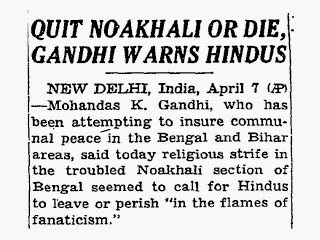
Many were forced to pay subscriptions to the Muslim League and jiziyah. On Sept 29, 1946, the Government of Bengal even prevented the press from publishing information regarding the violence and covered up the genocide.
Mahatma Gandhi camped in Noakhali for four months and toured the district in a mission to restore the peace but sadly it failed. The majority of the survivors migrated to West Bengal, Tripura and Assam.
During the Liberation War, the Pakistan Army created the 39th ad hoc Division in mid November. 75 Bangladeshi Freedom fighters were killed at Noakhali in a direct encounter with the Pakistani army on June 15, 1971. The region was then liberated on December 7, 1971.

